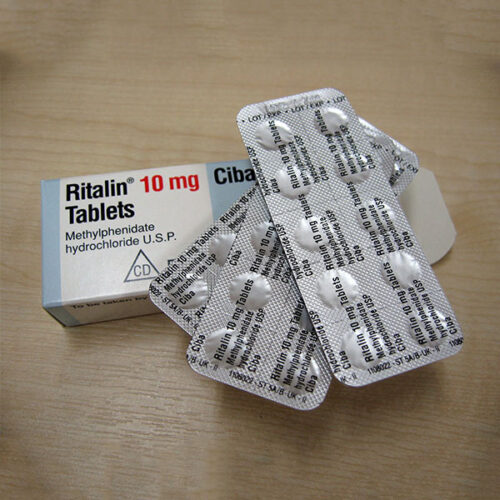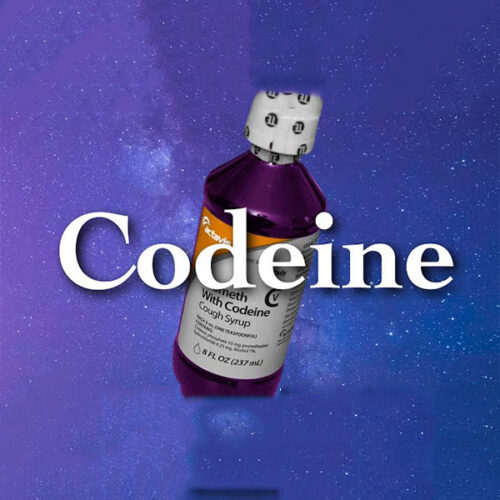Description
Roxicodone is a brand name for the prescription medication containing oxycodone, a potent opioid analgesic used to manage moderate to severe pain. While it can provide effective pain relief, Roxicodone also carries substantial risks, including the potential for misuse, addiction, and adverse side effects. This article aims to provide a comprehensive overview of Roxicodone, its uses, effects, associated risks, and the importance of responsible use.
What Is Roxicodone?
Roxicodone is a prescription medication that contains oxycodone as its active ingredient. Oxycodone is an opioid analgesic that binds to specific receptors in the brain and spinal cord, altering the perception of pain and producing feelings of euphoria and relaxation.
Uses of Roxicodone
Roxicodone is prescribed primarily for the management of moderate to severe pain, often associated with surgeries, injuries, or chronic pain conditions that do not respond well to other pain relievers. It is available in various formulations, including immediate-release and extended-release versions.
How Roxicodone Works
Oxycodone, the active ingredient in Roxicodone, works by binding to opioid receptors in the central nervous system. This action reduces the perception of pain and can also induce a sense of calm and relaxation.
Potential Effects of Roxicodone
When used as prescribed, Roxicodone can provide several benefits:
- Pain Relief: Roxicodone is highly effective at relieving pain, improving the quality of life for individuals experiencing severe or chronic pain.
- Euphoria: Some individuals may experience feelings of euphoria or intense pleasure when taking Roxicodone, contributing to its potential for misuse.
- Calm and Relaxation: Roxicodone can induce a sense of calm and relaxation, which can be therapeutic for those dealing with pain-related stress.
Risks and Side Effects
Roxicodone use is associated with several risks and side effects:
- Addiction: Roxicodone is an opioid medication with a high potential for addiction. Misuse or prolonged use can lead to physical and psychological dependence.
- Respiratory Depression: Like all opioids, Roxicodone can slow down breathing, especially when taken in higher doses or in combination with other substances.
- Overdose: Taking too much Roxicodone can result in an overdose, which can be life-threatening and may manifest as slowed or stopped breathing, loss of consciousness, and even death.
- Constipation: Opioids often cause severe constipation, which may require additional medications for management.
Treatment and Responsible Use
- Prescription Management: Roxicodone should only be used under the strict guidance and prescription of a healthcare provider. Patients should adhere to prescribed dosages and never take more than directed.
- Regular Monitoring: Healthcare providers should closely monitor patients using Roxicodone to assess its effectiveness and detect any signs of misuse or dependence.
- Safe Storage: Keep Roxicodone out of reach of children and others who might misuse it. Store it in a secure place and dispose of unused medication properly.
- Addiction Treatment: If dependence or addiction to Roxicodone becomes an issue, individuals should seek professional help. Treatment options may include medication-assisted treatment (MAT), counseling, and support groups.
Conclusion
Roxicodone is a potent medication that offers effective pain relief but also comes with substantial risks, including the potential for addiction and overdose. Responsible use, under the guidance of a healthcare provider, is essential to minimize these risks. It is crucial for individuals using Roxicodone to be aware of its potential dangers, follow their healthcare provider’s recommendations meticulously, and seek prompt treatment and support if addiction or misuse becomes a concern.





Taylor M –
I was prescribed Roxicodone for managing acute pain, and it worked very well. The relief was quick and effective, allowing me to get through tough days. Always important to follow the doctor’s guidance for safe use. Highly recommend!